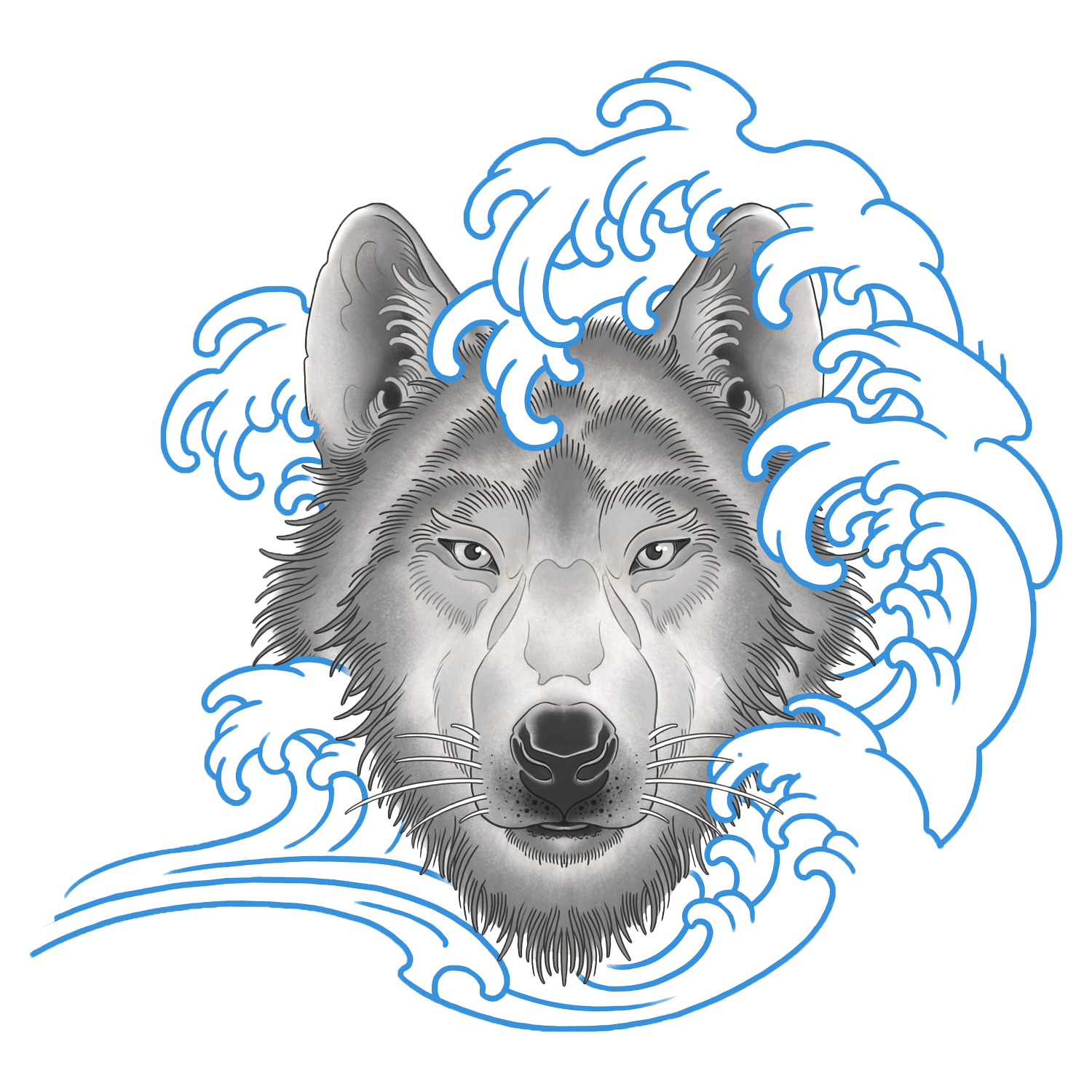Taxonomy vs. Parataxonomy
Because Ocean Wolf set it to its mission to bring New Zealand forward in science and to inform, we aim to publish every week a brief introduction about the various scientific topics we work on daily.
Our first post of this series is about Taxonomy and Taxonomic tools for benthic monitoring.
Here at Ocean Wolf, we differentiate between Parataxonomy and Taxonomy.
The first is a tool similar to eDNA and AI for the generic identification of common Taxa to assess the state of the environment, make the first conclusion about biodiversity and the introduction of species.
Parataxonomy aims to identify organisms to so-called “recognizable taxonomic units” (RTUs) to form a coherent list indicating a diversity limited by an even level of identification. This list is used to calculate a biodiversity index for environmental monitoring projects. For such calculation, all individuals must be recorded to the same taxonomic level, e.g. Family, Genus or Species. If organisms are recorded to different levels, the created list and the resulting index will be biased toward the higher diversity.
For example, organisms belonging to Family A are only recorded to the Family level despite in this family are seven or more Species present in New Zealand. In the same project were organisms found belonging to Family B, which all were identified to Species level. But of Family B, we can find only four Species in New Zealand. In this way, the created list falsely indicates a higher diversity for Family B than for Family A. In some cases, this can lead to incorrect assumptions about the state of the environment.
Traditional tools like parataxonomy, as well as modern applications like eDNA or AI, rely on communication with taxonomists and the correct taxonomy. In monitoring projects where non-native species and closely related indicator species appear, it is important to be certain about the correct identification, as misidentification can lead to incorrect statements or substantial financial damages.
Taxonomy is one of the oldest biological science disciplines with strict rules and regulations. Taxonomy requires experience and microscopy techniques like staining, making permanent slides, and literature research. As Taxonomists, we need to consider recent descriptions and redescriptions using morphological, genetic and many other characters. However, we must also consider the original, sometimes centuries-old description. Suppose it turns out that we have to redescribe the species or discover a new species. In that case, we have to follow the international code of zoological nomenclature and describe all possible characters as well as compare the species to related taxa.
If you want to learn more about taxonomy, partaxonomy and related topics, please get in touch with us via website, LinkedIn, phone or email.
www.ocean-wolf.com
hashtag#taxonomy hashtag#biodiversity hashtag#parataxonomy hashtag#biosecurity hashtag#aquaculture
